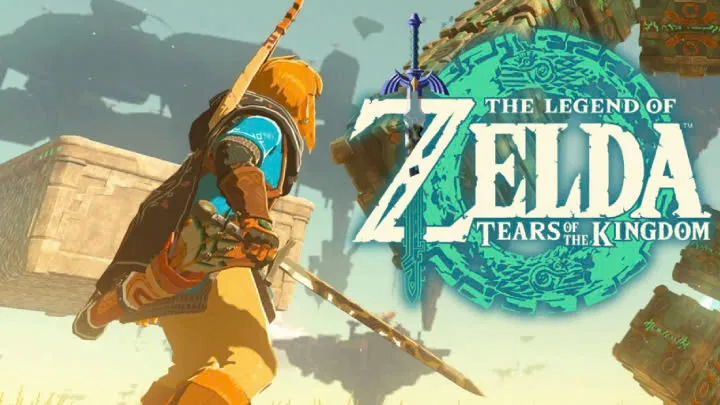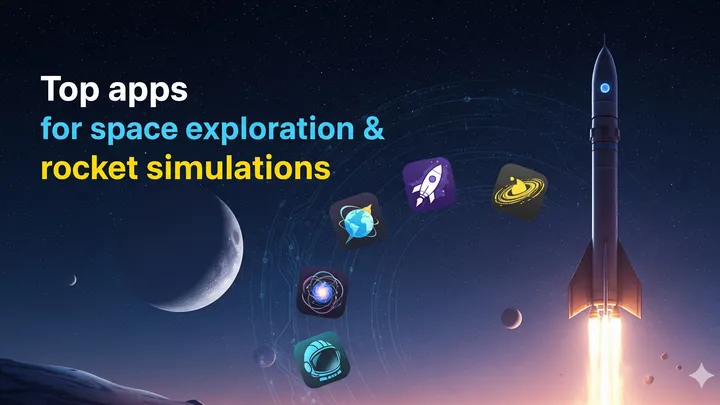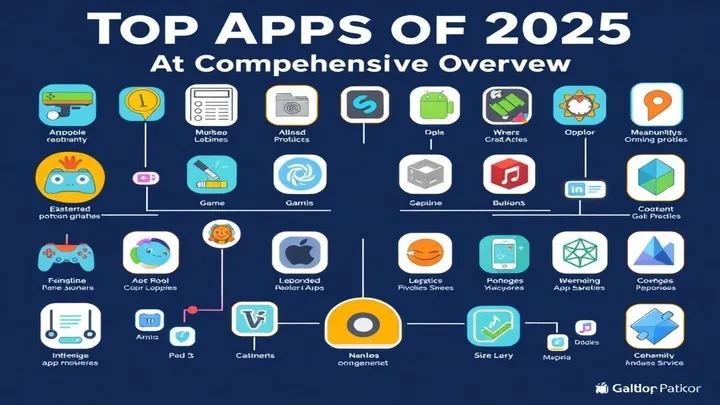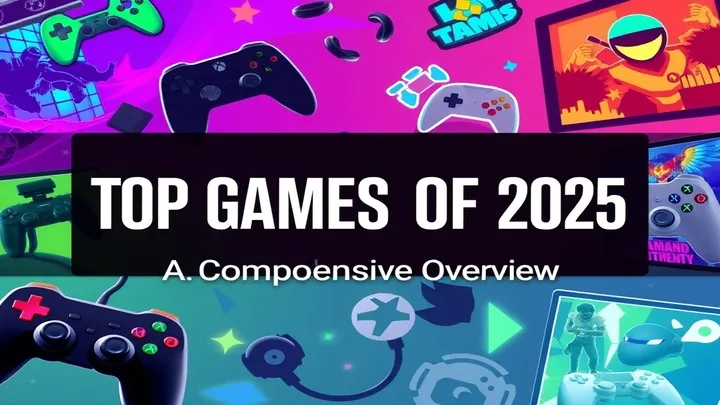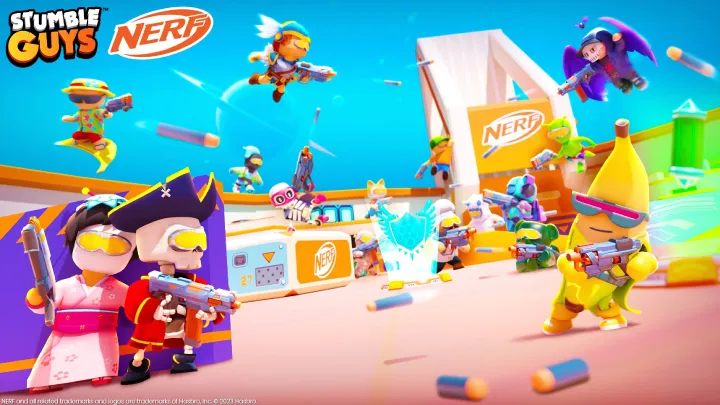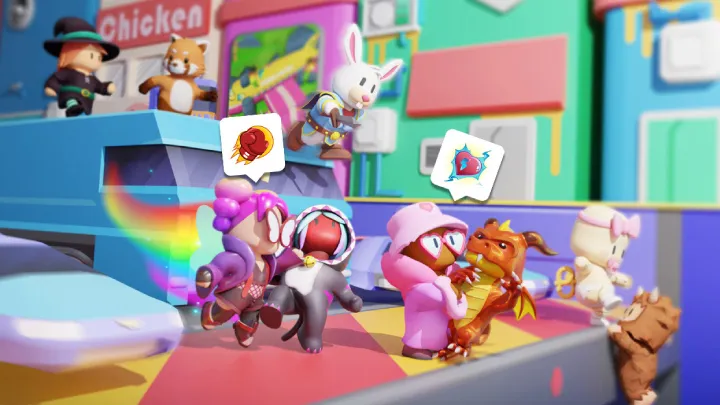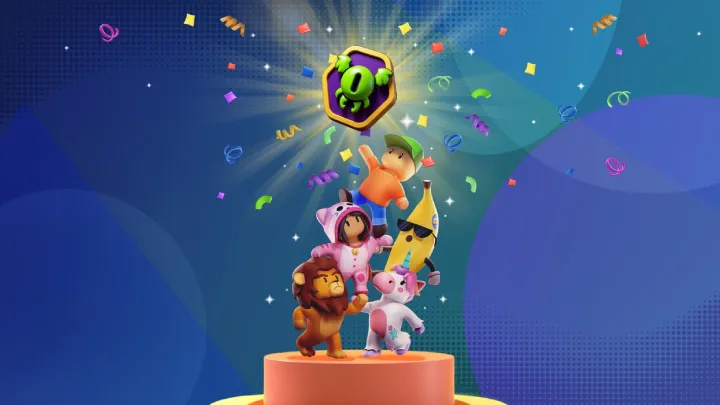The Evolution of Zelda's Narrative Structure in The Legend of Zelda: Ocarina of Time
The Legend of Zelda: Ocarina of Time is not only a landmark title in video game history but also a significant evolution in narrative structure within the gaming medium. Released in 1998 for the Nintendo 64, it introduced a rich, multifaceted story that intertwined gameplay with deep character development and thematic exploration. This article examines how Ocarina of Time reshaped narrative structures in gaming, focusing on its storytelling techniques, character arcs, and the impact on future titles in the franchise.
The Foundations of Zelda's Narrative
A History of Storytelling in Zelda
Before Ocarina of Time, previous titles in the Zelda series established a basic narrative framework centered around the struggle between good and evil, typically featuring Link's quest to rescue Princess Zelda and defeat the antagonist, often Ganon or Ganondorf.
The Simplistic Narrative
Earlier games, such as The Legend of Zelda (1986) and Zelda II: The Adventure of Link (1987), presented straightforward plots. Players navigated dungeons, solved puzzles, and defeated enemies, but the narrative was largely secondary to the gameplay experience.
The Shift to a Richer Narrative
With Ocarina of Time, Nintendo sought to deepen the narrative experience. The game introduced a more complex story involving time travel, character development, and moral choices, setting the stage for a richer storytelling experience.
A Living World
Hyrule is depicted as a vibrant, living world filled with diverse characters, each contributing to the overall narrative. The game’s setting becomes more than just a backdrop; it actively influences the plot and character development.
The Dual-Timeline Structure
Time Travel as a Narrative Device
One of the most innovative aspects of Ocarina of Time is its dual-timeline structure, allowing players to experience Link's childhood and adulthood. This mechanic not only enhances gameplay but also adds depth to the narrative.
The Impact of Choices
Players navigate between these two timelines, experiencing how Link’s actions as a child affect the world when he becomes an adult. This interconnectedness deepens the narrative, as players see the consequences of their choices unfold.
Character Growth Across Timelines
Link’s character development is markedly different in each timeline. In his youth, he is innocent and carefree, but the burdens of adulthood force him to confront harsh realities and responsibilities.
Emotional Resonance
This duality adds emotional weight to the story. Players witness Link’s transformation from a naive child to a mature hero, making his journey feel authentic and relatable. The narrative becomes a reflection of the challenges of growing up, with time serving as both an ally and an adversary.
Character Development and Relationships
Link: The Relatable Hero
Link's character arc in Ocarina of Time is more nuanced than in previous games. He evolves through his experiences, and players are given insight into his emotions and motivations.
The Hero's Journey
Link embodies the classic hero's journey, but Ocarina of Time enriches this archetype by focusing on his internal struggles. His quest is not just about defeating evil; it is also about understanding himself and his place in the world.
The Complexity of Supporting Characters
Ocarina of Time introduces a cast of supporting characters that play vital roles in shaping Link’s journey. Characters like Princess Zelda, Saria, and Ganondorf add layers to the narrative, each representing different aspects of the story.
Zelda's Role
Princess Zelda is not merely a damsel in distress; she is an active participant in the narrative. Her transformation into Sheik showcases her resilience and intelligence, making her a key ally in Link's quest. This shift in her role reflects the game's commitment to portraying strong, multifaceted characters.
Ganondorf: A Compelling Antagonist
Ganondorf's character is complex, driven by ambition and a desire for power. Unlike previous villains, he has motivations that players can understand, which adds depth to the conflict.
The Struggle for Power
Ganondorf's pursuit of the Triforce introduces themes of ambition, greed, and the corrupting influence of power. This complexity makes the conflict between Link and Ganondorf more than just a battle of good versus evil; it explores the moral ambiguities of their choices.
Thematic Depth in Ocarina of Time
The Nature of Time
Time is a central theme in Ocarina of Time, explored through the game’s mechanics and narrative. The dual-timeline structure invites players to reflect on the passage of time and its impact on their choices.
Nostalgia and Regret
The game encourages players to consider how their actions shape their identities and relationships. The bittersweet nostalgia of Link’s childhood contrasts with the harsh realities of adulthood, creating a profound emotional experience.
The Balance of Power and Responsibility
Ocarina of Time emphasizes the importance of balance between power, wisdom, and courage. The Triforce serves as a symbol of this balance, and the characters' struggles to maintain it reflect the complexities of leadership and governance.
Moral Choices
Link, Zelda, and Ganondorf each grapple with their responsibilities and the moral implications of their actions. The game encourages players to contemplate the nature of heroism and the sacrifices required to uphold justice.
The Integration of Gameplay and Narrative
Puzzles and Storytelling
Ocarina of Time seamlessly integrates gameplay mechanics with narrative elements. The puzzles and challenges Link faces are often tied to the story, enhancing the overall experience.
The Role of Items
Each item Link acquires serves a narrative purpose, reflecting his growth and development. For example, the Ocarina is not just a tool for solving puzzles; it is a key element of the story that allows Link to manipulate time and interact with the world.
Immersive Exploration
The game's open-world design invites players to explore Hyrule at their own pace, uncovering secrets and lore that enrich the narrative. This sense of discovery fosters a deeper connection to the story and its characters.
Environmental Storytelling
Hyrule itself tells a story through its environments. Each location is imbued with history and significance, inviting players to engage with the world on a deeper level. This immersive storytelling enhances the overall narrative experience.
The Legacy of Ocarina of Time's Narrative Structure
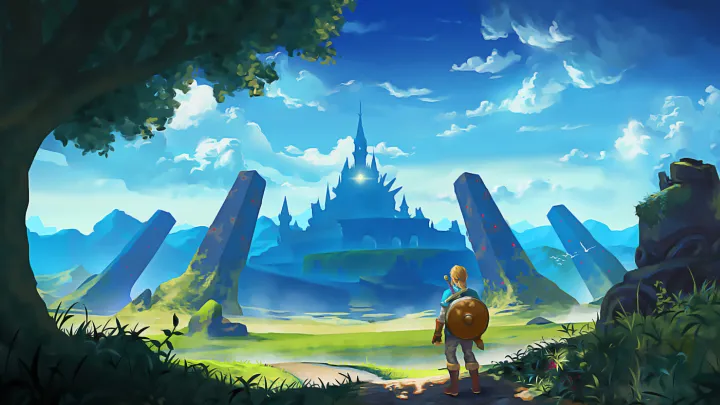
Influence on Future Titles
Ocarina of Time set a new standard for narrative structure in video games, influencing countless titles that followed. Its innovative storytelling techniques have become benchmarks for narrative design in the gaming industry.
Expanding the Zelda Franchise
Subsequent entries in the Zelda series, such as Majora's Mask and Breath of the Wild, build upon the narrative foundations established in Ocarina of Time. These games explore similar themes of time, growth, and moral complexity, demonstrating the lasting impact of Ocarina of Time's storytelling.
A Shift in Game Design
Ocarina of Time's success prompted developers to prioritize narrative depth in their games. Many modern titles now incorporate intricate stories, character development, and emotional resonance, reflecting the influence of Ocarina of Time on the gaming landscape.
Conclusion
The Legend of Zelda: Ocarina of Time represents a significant evolution in narrative structure within the gaming medium. Through its dual-timeline mechanics, rich character development, and thematic depth, the game offers a holistic storytelling experience that resonates with players on multiple levels. By intertwining gameplay and narrative, Ocarina of Time set a new standard for how stories can be told in video games, leaving a lasting legacy that continues to influence the industry today. As players embark on their journey through Hyrule, they are invited to explore not only the world around them but also the complexities of their own choices and the passage of time.








